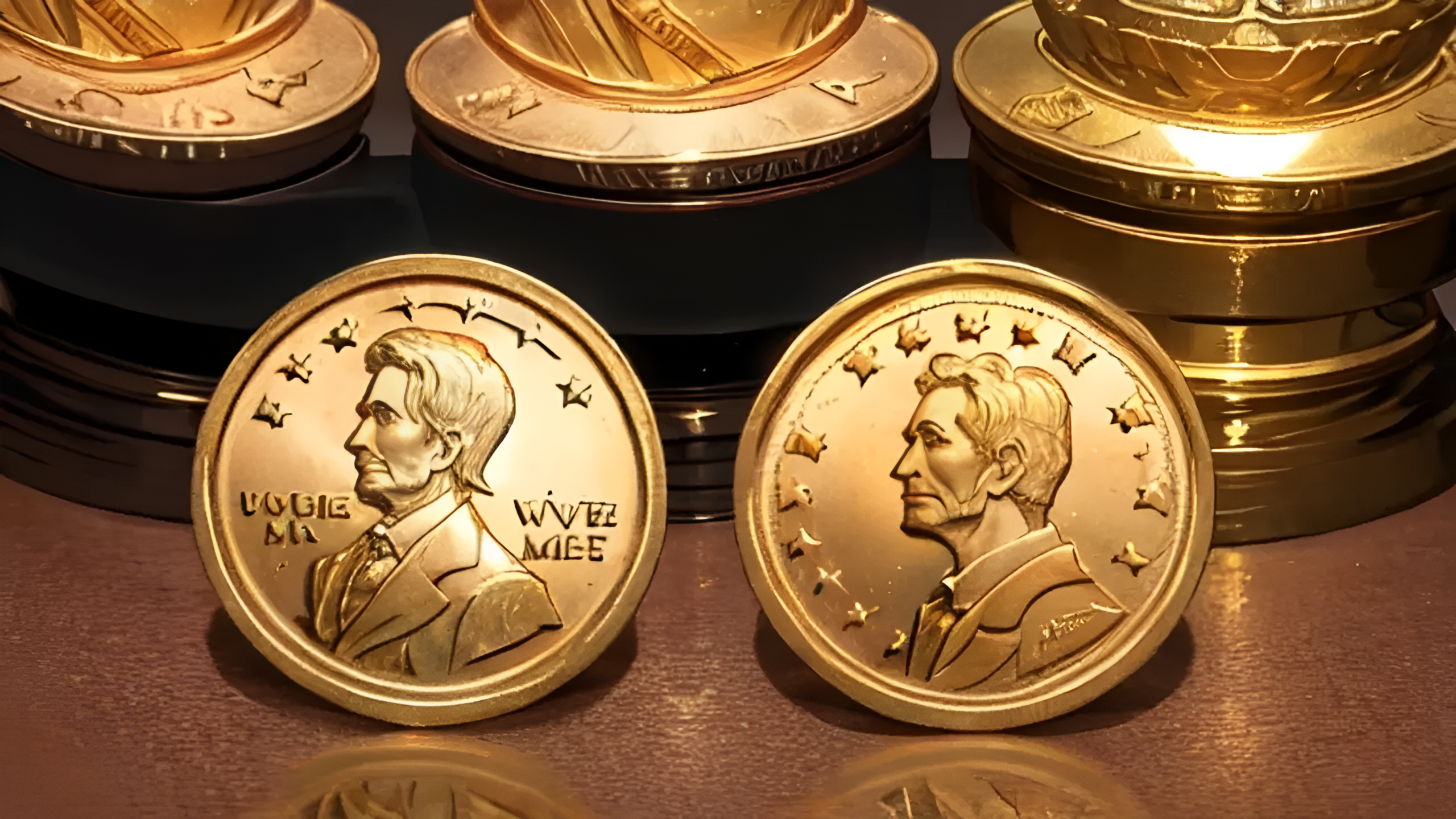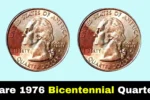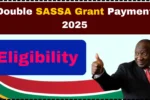Last month, coin enthusiast Johnny Bowen, a reader of CoinWeek, reached out to ask for my opinion on a unique error coin he had found. The coin in question was a 1980-S Lincoln Memorial Cent Proof, part of the 1980 United States Proof Set, which had a total of 3,554,806 coins sold that year. Bowen had purchased the set directly from the U.S. Mint 44 years ago and noticed that the Lincoln Cent within had an unusual feature not typically seen on most coins.
According to Bowen, the 1980-S Lincoln Cent Proof appeared to have been struck with drastically misaligned dies, and he wanted to know whether the coin might be worth more than its standard value of about a dollar. I asked him to send high-quality photographs of both sides of the coin so that I could assess the die orientation. After confirming that the coin was indeed a Mint Error, I provided Bowen with information on how to submit it to the top three coin grading services. I assured him that once the coin was graded, I would help him find a dealer interested in purchasing it.
Bowen chose to submit the coin to CACG, where it was graded as CAC PR67RD CAM, with a note that the coin had been struck with dies that were rotated 140 degrees clockwise. This grade is typical for Lincoln Cent Proofs from that era. The coin did not earn CAC’s Deep Cameo designation due to slight softness in the frosted areas on the lettering of “STATES” and “E PLURIBUS UNUM.”
What Is a Rotated Die Error?
Under normal circumstances, U.S. Mint coins are produced with strict specifications. The obverse (heads side) of the coin is mounted right-side up, and the reverse (tails side) is placed upside down in the die press. This alignment, known as a “coin turn,” means that when a coin is flipped along its vertical axis, the reverse will be oriented correctly.
However, in the case of a rotated die error, the reverse die is improperly aligned, causing the reverse design to be rotated off its intended position. The most extreme misalignment possible is 180 degrees. For Bowen’s 1980-S Lincoln Cent Proof, the reverse die was rotated 140 degrees clockwise.
The Rarity of Proof Error Coins
The U.S. Mint is known for its ability to produce high-quality coins, especially when it comes to Proof coins, which are struck specifically for collectors. Proof coins are individually struck and carefully handled to avoid contact with other coins or human hands, preserving their mirrored surfaces. Any coins that don’t meet the Mint’s stringent quality control standards are set aside for destruction.



